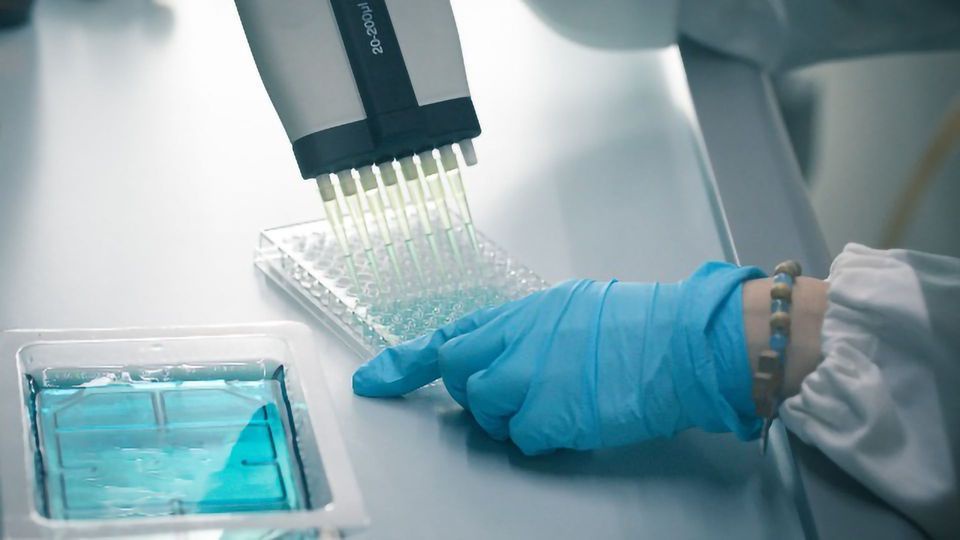Measuring the concentrations of drugs and their metabolites are crucial components of the drug discovery and development process. The results obtained from employing methods such as LC-MS and ELISA techniques help assess the safety and efficacy of a pharmaceutical drug product.
Hence, bioanalytical methods such as ELISA lab tests and ELISA screening methods must be well characterized, validated, and documented to support regulatory submissions. Besides, optimizing ELISA and other bioanalytical methods ensures the technique can produce reliable and reproducible data.
The primary objective of assay validation is to establish its suitability for intended applications. Bioanalytical assay validation helps identify acceptable assay elements and demonstrate the reliability of analytical data. Therefore, the current article discusses the essential elements of FDA assay validation, including accuracy and precision, specificity, linearity, and range and limit of detection.
Accuracy and Precision
Quality controls should be analyzed within each run and in different runs while determining accuracy and precision. Besides, the accuracy and precision must use the same runs and data. Accuracy and precision should be analyzed by working with at least three replicates in each run at the quality control concentration level of LLOQ, ULOQ, low, medium, and high. These concentration levels must be in at least six runs over two or more days. Method validation data for accuracy and precision should include all results except results with obvious and documented errors.
Specificity
Specificity is closely related to cross-reactivity. It is vital that the binding reagent specifically associates with the target analyte without cross-reacting with other structurally related biomolecules. One may assess specificity by spiking blank matrix samples with related molecules at higher concentrations of the anticipated structurally related biomolecules.
In the case of non-specificity, researchers must evaluate the impact on the bioanalytical assay by spiking increasing concentrations of structurally related interfering molecules in blank samples and determining the accuracy of the analytes at ULOQ and LLOQ.
Linearity
Due to the narrow dynamic range, one may need to dilute the samples to achieve concentrations within the assay range. Dilution linearity is crucial to confirm that measured concentrations are unaffected by dilution and that the sample concentrations above the upper limit of quantification are unaffected by the hook effect.
Dilution linearity requires generating a dilution quality control. The quality controls for dilution must be prepared from the same matrix as the study sample. Dilution quality control is prepared by spiking the sample matrix with an analyte concentration greater than the upper limit of quantification and diluting this sample with a blank matrix for a concentration within the assay calibration range.
Range and Limit of Detection
The range and limit of detection demonstrate the relation between analyte concentrations and data obtained from the bioanalytical method. Calibration standards lie across the calibration range and comprise the calibration curve. However, calibration standards must have the same matrix as that of the study samples.
The limit of detection is defined by the lower limit of quantification and the upper limit of quantification. Notably, each analyte and each analytical run studied during method validation must have one calibration curve.


No comments yet